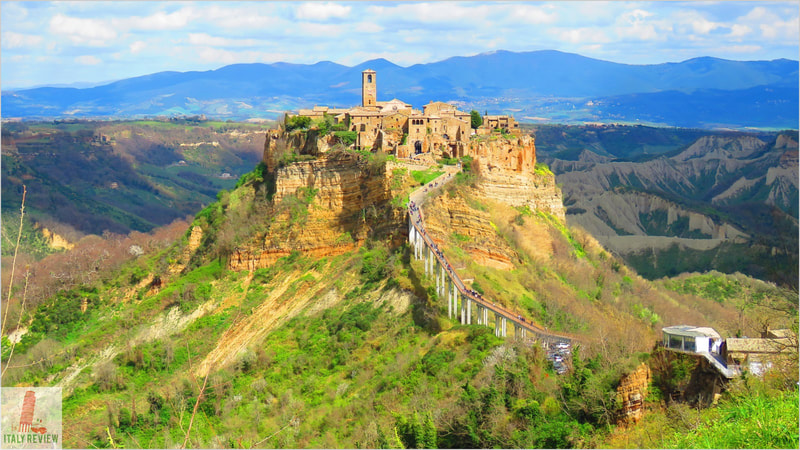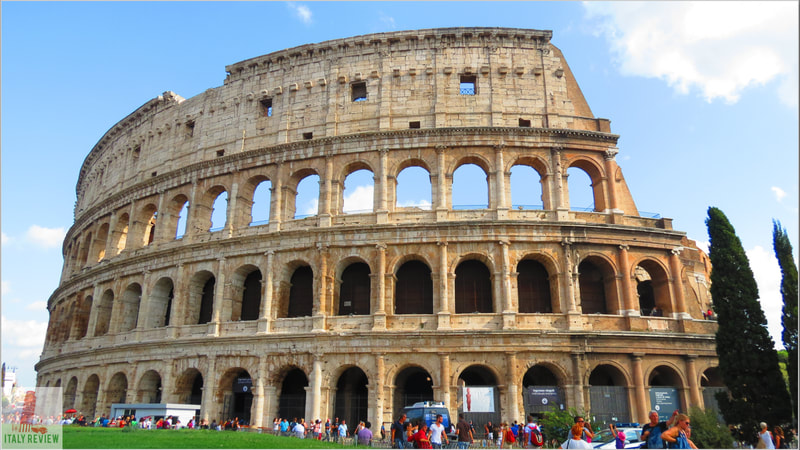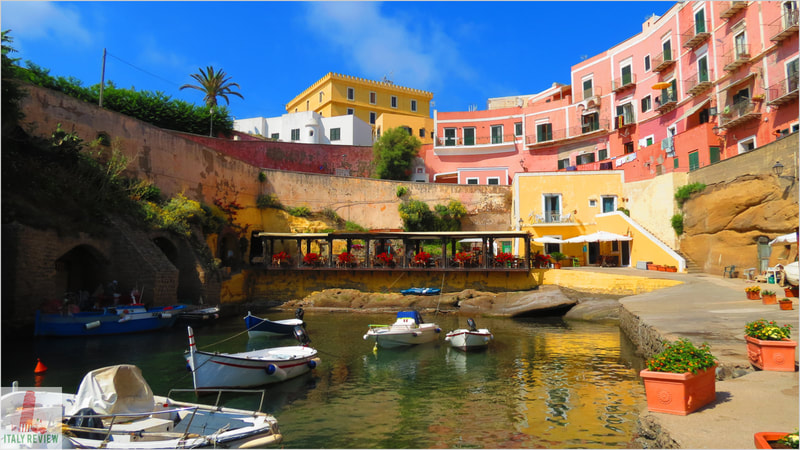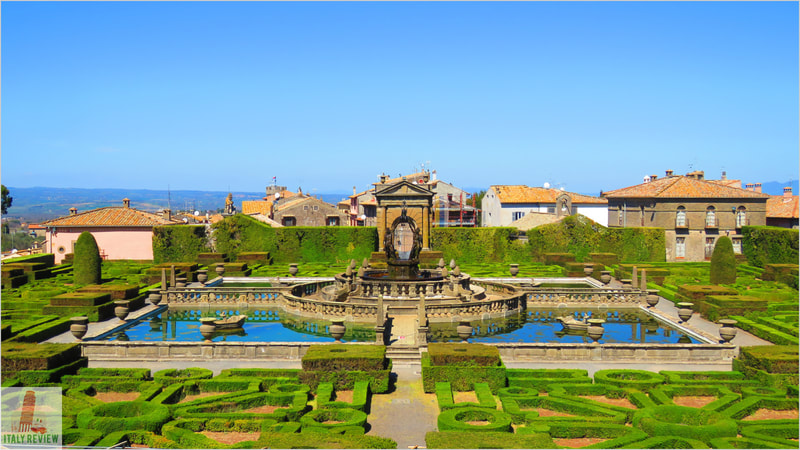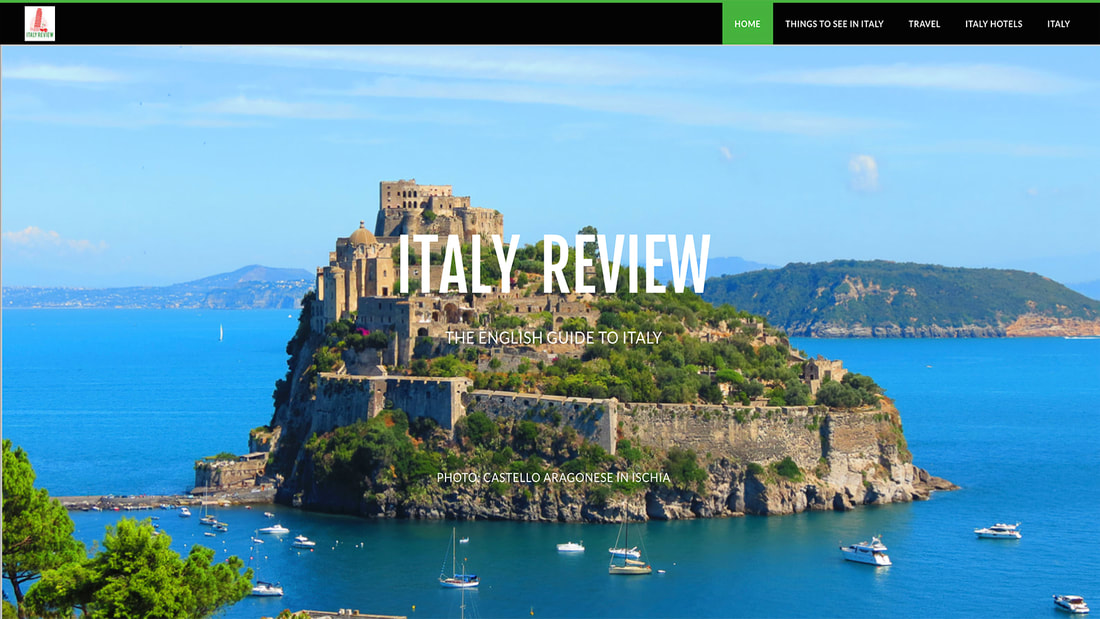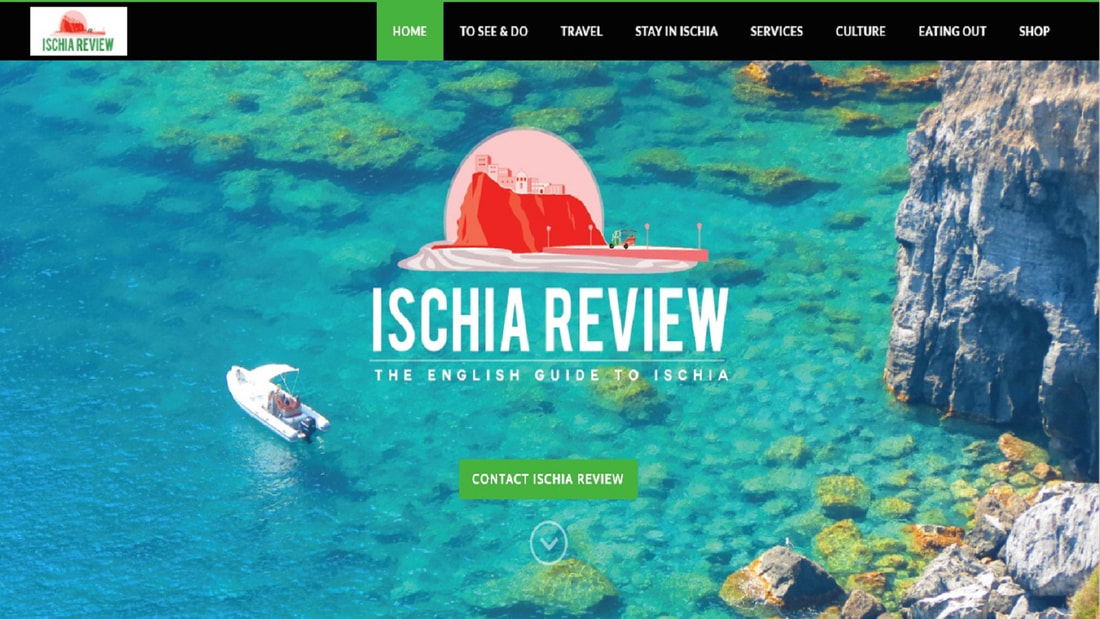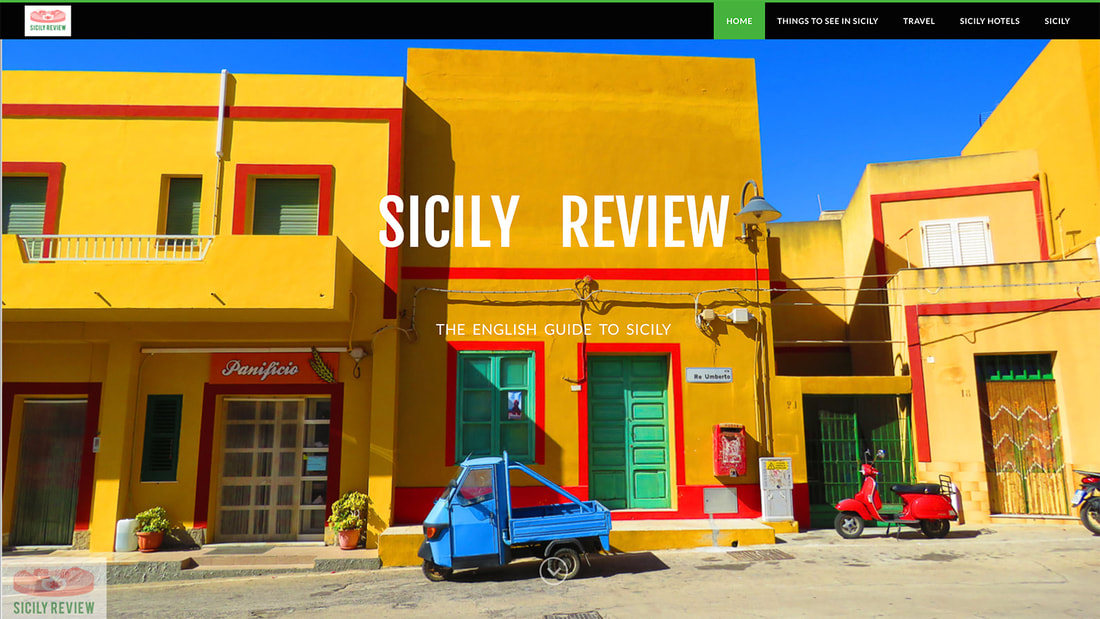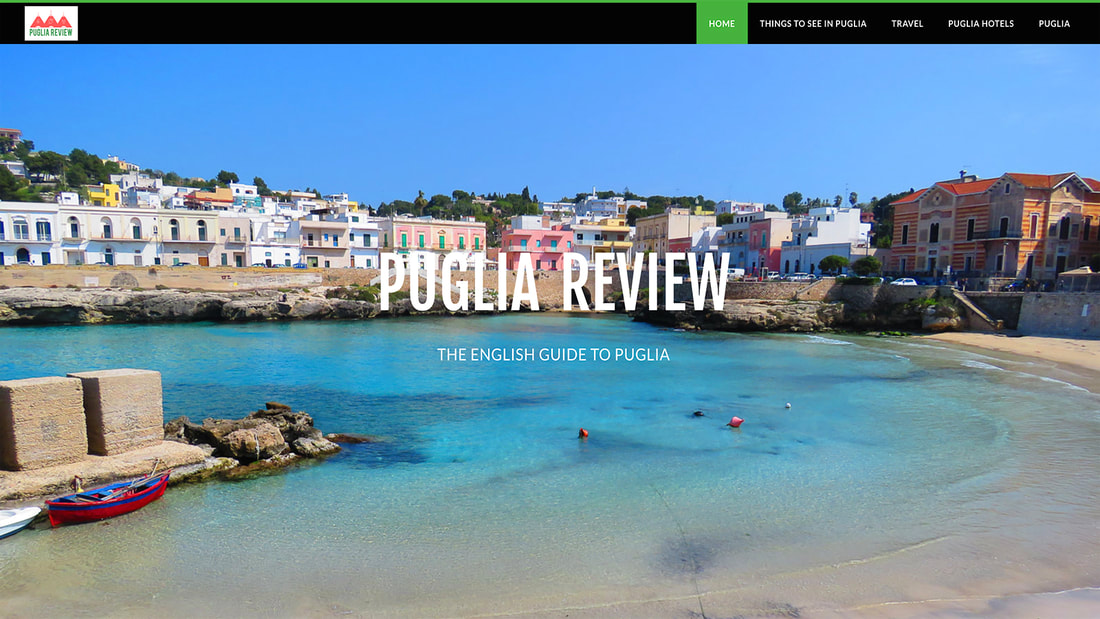Lazio
Latest update: 22 March 2023
|
Although the word Lazio is more likely to conjure up images of a football team than a region, it is in fact the very heart of Italy and home to its capital: Rome.
Sharing a border with six other Italian regions, Lazio conceals a number of different landscapes. To its east is a long stretch of coastline on the Tyrrhenian Sea, bordered to the north by Tuscanyand to the south by Campania. Head inland to the west and you'll find the imposing Apennine Mountains and regional borders with Umbria, Abruzzo, Molise and Marche. |
|
Related links
Regione Lazio
|
Regional capital: Rome
Population: 5,730,399 (source: ISTAT 1 January 2022) Size: 17,242 km² Provinces: 5 Highlights: Rome, Ponza, Villa d'Este, Ostia Antica, Sperlonga |
Without a shred of doubt, the number one tourist attraction in Lazio is the regional capital of Rome. The ancient city is one of the most fascinating in the world, a kind of open-air museum where relics from the past mingle with the modern hubbub of everyday life. At the centre of Rome lies the Colosseum, the gargantuan arena where gladiators fought for their lives in front of watching emperors.
Rome's credentials as a tourist attraction are well-established and require no further emphasis on this particular page. So what about the region that surrounds Rome? Of course, it's not only the major city in Lazio that's been touched by history; the whole region is full of archaeological sites not just from the Romans, but even further back, to the Etruscans. The towns of Cerveteri and Tarquinia are home to two fascinating Etruscan burial sites which are recognised by UNESCO as a joint World Heritage Site.
Etruscan enthusiasts will find a huge playground of discovery within the Province of Viterbo, an area once known as Tuscia, within which there are dozens of fascinating towns. One of the most historic is the town of Tuscania which is just a short distance from the archaeological site of Vulci. The Etruscan civilisation was ended by the rise of the Roman Empire and it is to that era that the site of Ostia Antica belongs. Just outside Rome, it's one of the most intact and best-preserved archaeological sites in the country, comparable to Pompeii, just without the dramatic, story-like ending.
During the summer months, visitors will naturally seek water and it's during this time that Lazio's collection of seaside resorts become most popular. In the southernmost Province of Latina, lie three of Lazio's most-favoured resorts; in one of the most scenic driving routes in the country, you can head north along the coast road and find Gaeta, Sperlonga and Terracina, each one with its own appeal but none more appealing than their soft, sandy beaches.
Of course, it's not only the seaside that provides watery relief during the hottest months; whereas the main beaches can become crowded, the savvy tourist will look inland to one of Lazio's lakes. The two largest are Lake Bolsena and Lake Bracciano, directly to the north and south of the city of Viterbo. Both lakes are edged by a small number of lakeside towns which the tourist hordes largely forget. One such town is Trevignano Romano on Lake Bracciano; a small town bursting with character and ringed by small beaches that represent some of the region's best swimming spots in surprisingly warm waters.
There are further lakes throughout the region with a particularly interesting selection in an area known as Castelli Romani. Translating literally as 'Roman Castles", this is an area of small, historic towns just outside Rome. Among the most famous are Castel Gandolfo which can boast a papal palace in its small hill town as well as a large beach area on Lake Albano. Just a short drive to the south of Castel Gandolfo is the pretty town of Nemi which has its own, smaller body of water: Lake Nemi. Best known of all the Castelli Romani towns is Frascati, a household name to any wine lover.
Lazio can provide not only seaside resorts and lakes, but a clutch of beautiful islands known as the Isole Pontine. The largest of the Pontine Islands, as they're known in English, is Ponza; a favourite weekend getaway for Romans who take the ferry across from the ports of Formia, Anzio and Terracina. Ponza is by far the biggest of the island group but one of its smaller neighbours, Ventotene is also worth a visit in its own right.
Away from the major cities and seaside resorts, Lazio offers a combination of natural and man-made beauty. The region is home to two of Italy's national parks: the Abruzzo, Lazio and Molise National Park covers three regions and offers mountain landscapes and a diverse range of flora and fauna, while the Circeo National Park sits on a peninsula along the southern coastline. The man-made beauty comes from Lazio's enviable collection of gardens, the most famous of which is Villa d'Este in the town of Tivoli. Smaller, but no less pretty are the gardens of Villa Lante in the town of Bagnaia, the garden of Villa Farnese in Caprarola, and the weirdly wonderful world of Bomarzo's Mostri Park with its whacky sculptures .
Although it's impossible to cover everything in Lazio on one page, it is worth focusing on a few more of its hitherto unmentioned historical sights. Montecassino Abbey sits on an imposing position in the Apennine Mountains, a position so favoured by the Germans during the second world war that it formed one of their most important lines of defence as the Allies pursued north. Books have been written about the Battle of Montecassino but it's worth visiting the Abbey with its museum to get the full, fascinating account of how it all unfolded.
History is etched into the fabric in some of Lazio's fascinating hill towns as well, none more so than the haunting Cività di Bagnoregio. Also in need of exploration are the towns of Sermoneta and Calcata, the latter of which has become a favourite among artists and artisans.
In terms of travel, Lazio is one of the easiest regions in Italy for foreign visitors to reach; Rome has two international airports at Fiumicino and Ciampino while there are multiple rail termini in and around Rome, most notably Roma Termini. Public transport includes buses and trains as well as the ferries that will take you across to the Pontine Islands.
It has been a challenge to give full credit to Lazio's charms on just one page but I hope you will find the pages of this website helpful in giving you a fuller picture and providing some inspiration for a future visit. You'll find further ideas for visiting the region at the Things to see in Lazio page a little further down.
Rome's credentials as a tourist attraction are well-established and require no further emphasis on this particular page. So what about the region that surrounds Rome? Of course, it's not only the major city in Lazio that's been touched by history; the whole region is full of archaeological sites not just from the Romans, but even further back, to the Etruscans. The towns of Cerveteri and Tarquinia are home to two fascinating Etruscan burial sites which are recognised by UNESCO as a joint World Heritage Site.
Etruscan enthusiasts will find a huge playground of discovery within the Province of Viterbo, an area once known as Tuscia, within which there are dozens of fascinating towns. One of the most historic is the town of Tuscania which is just a short distance from the archaeological site of Vulci. The Etruscan civilisation was ended by the rise of the Roman Empire and it is to that era that the site of Ostia Antica belongs. Just outside Rome, it's one of the most intact and best-preserved archaeological sites in the country, comparable to Pompeii, just without the dramatic, story-like ending.
During the summer months, visitors will naturally seek water and it's during this time that Lazio's collection of seaside resorts become most popular. In the southernmost Province of Latina, lie three of Lazio's most-favoured resorts; in one of the most scenic driving routes in the country, you can head north along the coast road and find Gaeta, Sperlonga and Terracina, each one with its own appeal but none more appealing than their soft, sandy beaches.
Of course, it's not only the seaside that provides watery relief during the hottest months; whereas the main beaches can become crowded, the savvy tourist will look inland to one of Lazio's lakes. The two largest are Lake Bolsena and Lake Bracciano, directly to the north and south of the city of Viterbo. Both lakes are edged by a small number of lakeside towns which the tourist hordes largely forget. One such town is Trevignano Romano on Lake Bracciano; a small town bursting with character and ringed by small beaches that represent some of the region's best swimming spots in surprisingly warm waters.
There are further lakes throughout the region with a particularly interesting selection in an area known as Castelli Romani. Translating literally as 'Roman Castles", this is an area of small, historic towns just outside Rome. Among the most famous are Castel Gandolfo which can boast a papal palace in its small hill town as well as a large beach area on Lake Albano. Just a short drive to the south of Castel Gandolfo is the pretty town of Nemi which has its own, smaller body of water: Lake Nemi. Best known of all the Castelli Romani towns is Frascati, a household name to any wine lover.
Lazio can provide not only seaside resorts and lakes, but a clutch of beautiful islands known as the Isole Pontine. The largest of the Pontine Islands, as they're known in English, is Ponza; a favourite weekend getaway for Romans who take the ferry across from the ports of Formia, Anzio and Terracina. Ponza is by far the biggest of the island group but one of its smaller neighbours, Ventotene is also worth a visit in its own right.
Away from the major cities and seaside resorts, Lazio offers a combination of natural and man-made beauty. The region is home to two of Italy's national parks: the Abruzzo, Lazio and Molise National Park covers three regions and offers mountain landscapes and a diverse range of flora and fauna, while the Circeo National Park sits on a peninsula along the southern coastline. The man-made beauty comes from Lazio's enviable collection of gardens, the most famous of which is Villa d'Este in the town of Tivoli. Smaller, but no less pretty are the gardens of Villa Lante in the town of Bagnaia, the garden of Villa Farnese in Caprarola, and the weirdly wonderful world of Bomarzo's Mostri Park with its whacky sculptures .
Although it's impossible to cover everything in Lazio on one page, it is worth focusing on a few more of its hitherto unmentioned historical sights. Montecassino Abbey sits on an imposing position in the Apennine Mountains, a position so favoured by the Germans during the second world war that it formed one of their most important lines of defence as the Allies pursued north. Books have been written about the Battle of Montecassino but it's worth visiting the Abbey with its museum to get the full, fascinating account of how it all unfolded.
History is etched into the fabric in some of Lazio's fascinating hill towns as well, none more so than the haunting Cività di Bagnoregio. Also in need of exploration are the towns of Sermoneta and Calcata, the latter of which has become a favourite among artists and artisans.
In terms of travel, Lazio is one of the easiest regions in Italy for foreign visitors to reach; Rome has two international airports at Fiumicino and Ciampino while there are multiple rail termini in and around Rome, most notably Roma Termini. Public transport includes buses and trains as well as the ferries that will take you across to the Pontine Islands.
It has been a challenge to give full credit to Lazio's charms on just one page but I hope you will find the pages of this website helpful in giving you a fuller picture and providing some inspiration for a future visit. You'll find further ideas for visiting the region at the Things to see in Lazio page a little further down.


